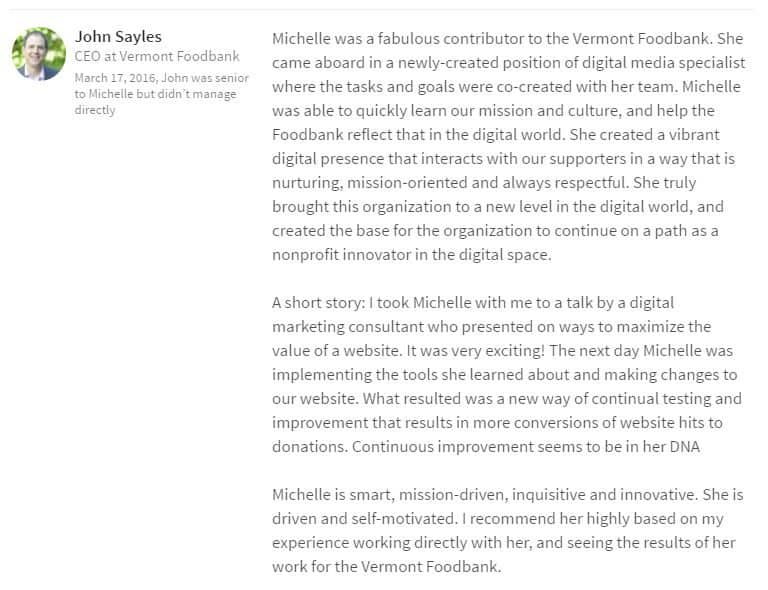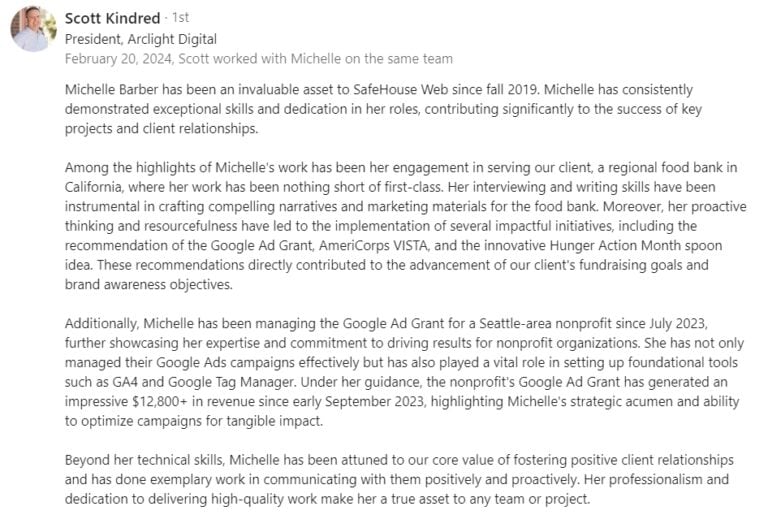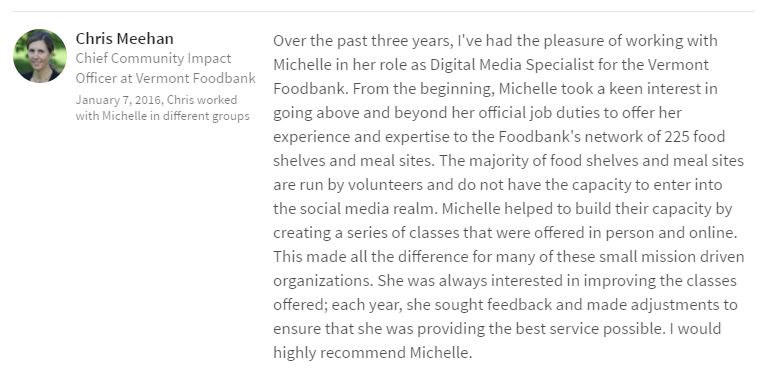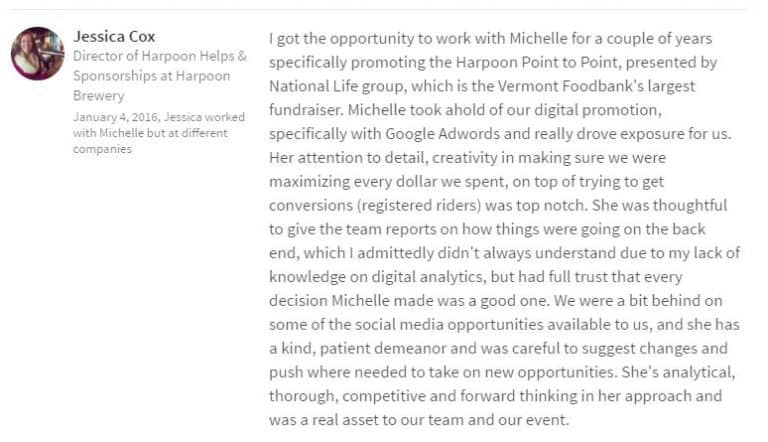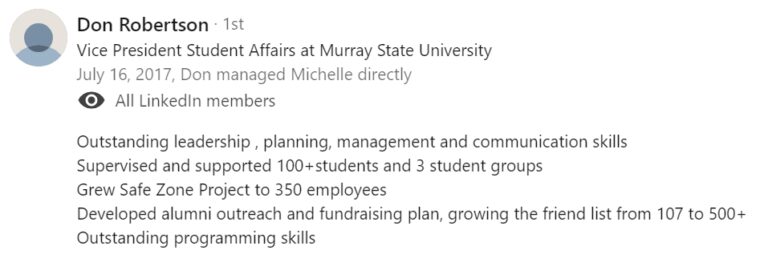Multichannel marketing can strengthen your messaging, increase engagement, and help you find new audiences. An easy example of multichannel marketing is when a nonprofit mails a hard copy of an appeal to a donor and also emails them with a comparable message. Or when a university attends a college fair and also advertises to those who are in the geographic area.
It can be much more than that, though! Here are some case studies from my own experience with multichannel marketing, to demonstrate:
From Rural to Urban to National Marketing
At a small liberal arts college, we had a national audience, but we didn’t have the budget to match. I pulled a history of our prospective students, current students, and alumni and identified the top five metropolitan markets we had the biggest presence in. I then implemented a marketing campaign that involved local print advertising, geographically-targeted digital advertising, events, and follow-up from Admissions that included print, phone, and email.
Demonstrating Need
At a statewide foodbank, we wanted to to show – really show – just how many neighbors were affected by hunger. During Hunger Action Month, we bought enough orange spoons to represent 1 spoon for ever 10 neighbors experiencing food insecurity. We then “spooned” the State House lawn, with permission, and garnered a significant amount of media attention.
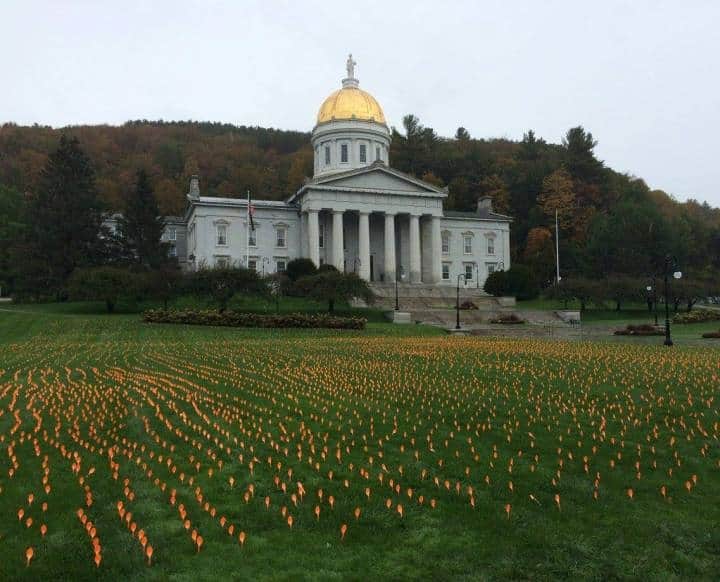
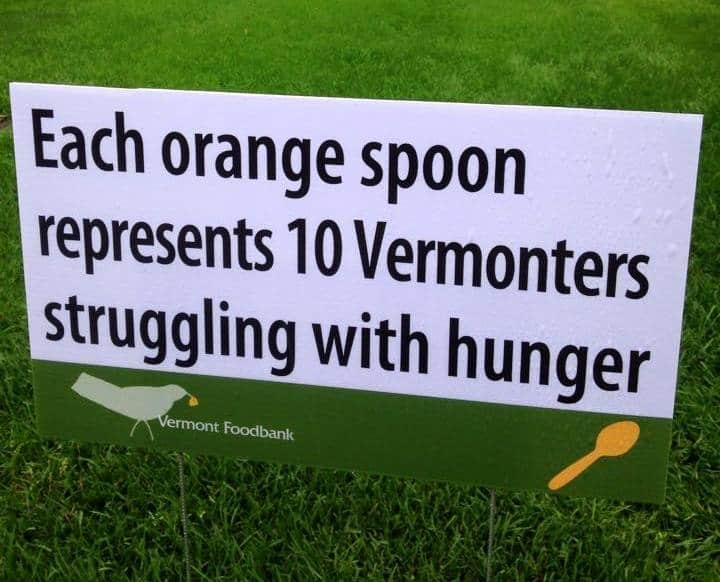
The Hometown Hero
One of my favorite marketing campaigns is called the Hometown Hero strategy. I believe every university and nonprofit should strive to be the best thing happening in their town. They should be good neighbors and good employers. This has led me to sponsor local events, advertise on buses, advertise consistently in local newspapers, provide calendar listings to local print and web outlets, subsidize event meeting space on campus, and even develop a social media voice that was patient and gracious when we could have been more hard hitting.
Nonprofit Marketing Funnel
Creating a marketing funnel (or an engagement funnel) can help you identify and visualize which channels your audiences are coming from, along with opportunities and weak spots. With one client, we developed a digital marketing funnel that tracked the actual number of people engaged with each communication channel, all the way from least engaged, first-time website visitors to deeply engaged, sustaining donors. We realized we could improve conversion rates if we conducted remarketing advertising and got people back to the website and second or third time. We also realized that some of our digital channels just didn’t compare to old-fashioned, snail mail acquisition!
Integrated, Multichannel Marketing
At a statewide nonprofit, we integrated development and communications so that all fundraising messages were shared on every channel. When you work hard on, and spend money for, those development materials, don’t forget to share them in your blog (as a blog post and in a sidebar), your website homepage, your email signatures, on social media, and in your newsletter – they make compelling CTAs in the footer!
At another college, we developed a “spider web” of all our communications channels. This allowed us to see every single outlet and medium, from business cards to media relations, that could be affected by a new message. For example, phone systems are often overlooked when people, taglines, or departments change. Having a multichannel communications map helped us cover the bases.
Sometimes, you just need to gather all your hard work into one showcase location. To capture a university’s extensive LGBTQ+ programming, we gathered all their content onto a Pride page. This proved to be such a successful model, it was replicated for Hispanic Heritage Month and several other themes and awareness months.
Next Steps
I would love to speak with you about creative marketing campaigns and multichannel marketing for your college, university or nonprofit! Please fill out this Contact Form.
I’ll respond as soon as possible, and we’ll arrange a meeting over Zoom. This 30-60 minute discovery call is entirely free, and the purpose is twofold: to articulate what the project is and determine whether we would like to work together. After the call, and if we would like to proceed, I’ll develop a proposal / scope of work, which outlines the project, budget, and timeline. If we’re on the same page then, I’ll send a contract.
Let’s start with just a little more info first. Complete the contact form here, and I look forward to hearing from you!
Looking for Nonprofit or Higher Education Marketing Support?
- Power Hour (1:1 Consultations)
- Newsletter and Email Programs
- Integrated, Multichannel Marketing
- Print Publications and Alumni Magazines
- Writing and Search Engine Optimization (SEO)
- Interim, Maternity and Medical Leave Coverage
- Social Media Management, Evaluation, Strategy
- Google Ad Grants and Microsoft Ads for Social Impact
- Digital Advertising: Search, Display and Social Media
- Website Management, Architecture, GA4 (Google Analytics)

